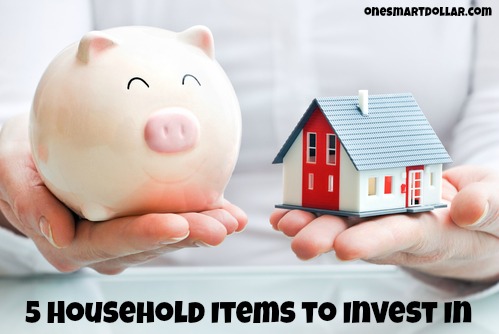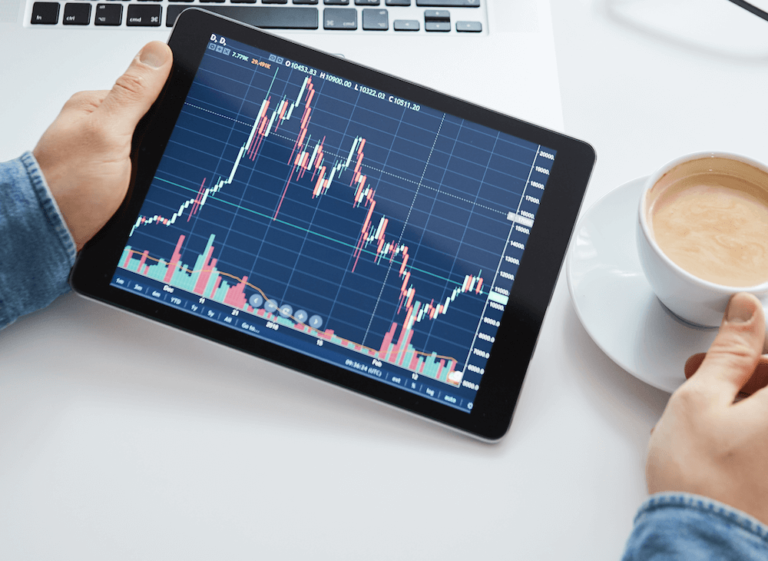
Owning a house puts a financial strain on your budget. The running costs of a home consist of its everyday functions, including lighting a room, washing your clothes, keeping a pleasant interior temperature and doing routine maintenance. Every household item you use on a regular basis should be one that lasts. Your most-used items should be able to stand up to everyday wear and tear, reduce your cost of living, enhance your lifestyle and be an investment that pays for itself over time. The following four household items are worth investing in because they will help you save money later down the road.
Economical Lighting
LED light bulbs cost quite a bit more than incandescents, but the $8 or so will pay off in the long run. LEDs have a life expectancy of 25,000 hours, whereas incandescents last about 1,200 hours, according to The Simple Dollar. An LED lighting system also lessens your electricity bill because the bulbs only use 10 Watts of electricity, compared with the 60 Watts used by incandescents. Over 23 years, a single incandescent has an operational cost of about $201 and an LED bulb costs $38.
A Good Mattress
Invest in a mattress that will give you the best slumber for many years. Don’t go for the cheapest style, as the price will reflect the quality. Look into styles that have technology for body contouring and consumer-controlled support settings. You also need to consider the size and height you need to fit your bedroom and comfort level. Take the time to test out the various comfort layers — extra firm, medium, firm, plush, ultra plush — so you know that it fits your needs. Rooms To Go suggests lying on the mattress for at least 15 minutes in the position you normally sleep in, so you get a good idea of what sleeping will feel like.
Water-Saving Appliances
Energy Star makes appliances that are eco- and budget-friendly. These appliances include washers, dryers, dishwashers and refrigerators. The Energy Star washing machines have a high Integrated Modified Energy Factor (IMEF) and a low Integrated Water Factor (IWF), both of which reduce the energy and water consumption you use by about 25 percent and 40 percent, respectively. Not only are you saving money on your utilities, but it reduces damage to your clothes, so you don’t have to buy new ones as often.
Also Read: Eco-Friendly Roofing Options – Discover Eco-Friendly Materials for Your Roof
Smart Thermostat
Home technology has reached new heights with the Nest Learning Thermostat. It lets you control the temperature of your home from your phone, and it learns your schedule, enabling it to activate the heating and cooling based on your patterns. You can adjust the temperature when your schedule varies and you know you won’t be home. This system has helped its users save an average of 10 to 12 percent on heating bills and 15 percent on cooling bills, according to its website. The Nest app also provides you with a daily report of how much energy you use in your home. It lets you see the peak times that are costing you the most, so you can be more conscientious about your heating and cooling habits.
Also Read: Are Energy Efficient Home Upgrades Affordable?
Kitchen Appliances
Stock your kitchen with all the tools you need to encourage you to make nutritional and budget-friendly meals at home. Instead of buying coffee on your commute to work, invest in a coffeemaker and make your coffee before you leave home. High-quality knives are another important kitchen item you should invest in. They may cost more up front, but if you don’t have to frequently replace them, you’ll save money.

